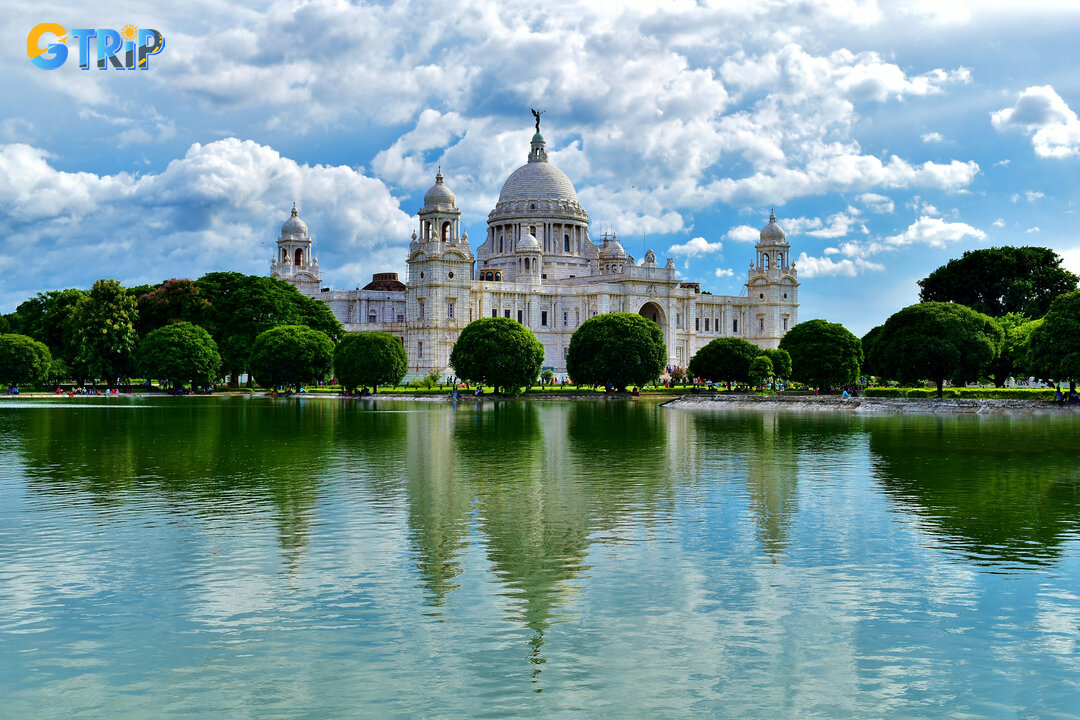Aug - 09 - 2023
India attracts millions of visitors annually, and if you're reading this visa guide, chances are you're considering a trip here. To have a great experience, please remember the following notes about India visas shared by GTrip right below.
How many types of Indian visas are there?
As of now, only paper visas and e-visas are legal in India. In particular, the paper visa is the preferred choice for long trips and for the purpose of working or studying in this country. You can go to your country's Indian embassy to apply for a paper visa.
For those who come to India for short-term exploration, tourism, research, etc., there are 5 types of e-Visas to choose from, including:
- Tourist eVisa (dual entry, 30 days)
- Tourist eVisa (multiple entries per year)
- Tourist eVisa (multiple entries/five years)
- Business e-Visa (multiple entries)
- Medical eVisa (triple entry)
These visas are valid for 30 days to 5 years; the length of your stay depends on the type of e-visa and your nationality.
How do I apply for an e-visa?
For the purpose of expanding diplomacy, the website of the Government of India portal has detailed instructions on how to apply for a visa. However, you can opt for e-visa services to shorten the wait time, simplify the process, and reduce the risk of government rejection.
It should be noted that for any e-visa, you will need a valid passport and a photo with a white background. For a medical e-visa, you must have a letter from the hospital that will provide medical treatment, including your personal information. With a business e-Visa, you will be required to provide an invitation letter from a company based in India, including the name of the company on the letterhead and contact information.

India visas are now easier to apply for than in the past
Why was your Indian visa denied?
In this case, a common reason is that the applicant made a mistake in the application form or that the scanned document was blurry. If your application is denied, check both the application form and the scan. If you decide to apply for an Indian visa again, check carefully to make sure that all the information entered is correct before hitting submit. This important step will save you time and money.
Once your application is successfully processed, you can spend your time planning your trip without any worries.
Visa India and some cases are exempted
People from some countries will not need to apply for a visa to visit India for diplomatic, cultural, and historical reasons. Typically, citizens of Bhutan, the Maldives, and Nepal are allowed to enter the country for 90 days without presenting a visa unless they are traveling from mainland China.
India is also visa-free for tourists holding an Indian Citizen Card. These travelers need to be from the following listed countries: Afghanistan, Bangladesh, Bhutan, China, Nepal, Pakistan, and Sri Lanka.
Visitors may also decide to get an Indian card instead of an e-visa. Travelers who have held an Indian passport at any time, are married to an Indian citizen, or have Indian parents or great-grandparents, can apply for a PIO (Person of Indian Origin) card. and bypass the visa process. However, on the government's website, travelers wishing to apply for an Originals Card can check if their country allows them.
Nationals of Japan and South Korea can apply for a visa on arrival, allowing them to stay for up to 30 days without a permit prior to departure, as long as they are not of Bangladeshi or Pakistani origin.

India attracts tourists by its charming nature and ancient architecture
How much does a visa cost?
In fact, the price of any visa will depend on the type of visa you need. In the case of an Indian tourist visa, the tourist e-visa doesn't cost anything, as long as you process it directly on the government website. If you hire a professional visa service, the final price will include their service fee. They can range from $45 to $300, depending on the provider you choose. It will include perks like asking them to check your applications for errors before processing them and having customer care agents available to answer all your questions. On the other hand, the Business eVisa and the Medical eVisa cost $82 if you apply directly through the government website.
After reading this article, if you are still not clear about the India visa, let GTrip help you. Contact us for more details and start your journey to discover India. GTrip has many choices for you.


